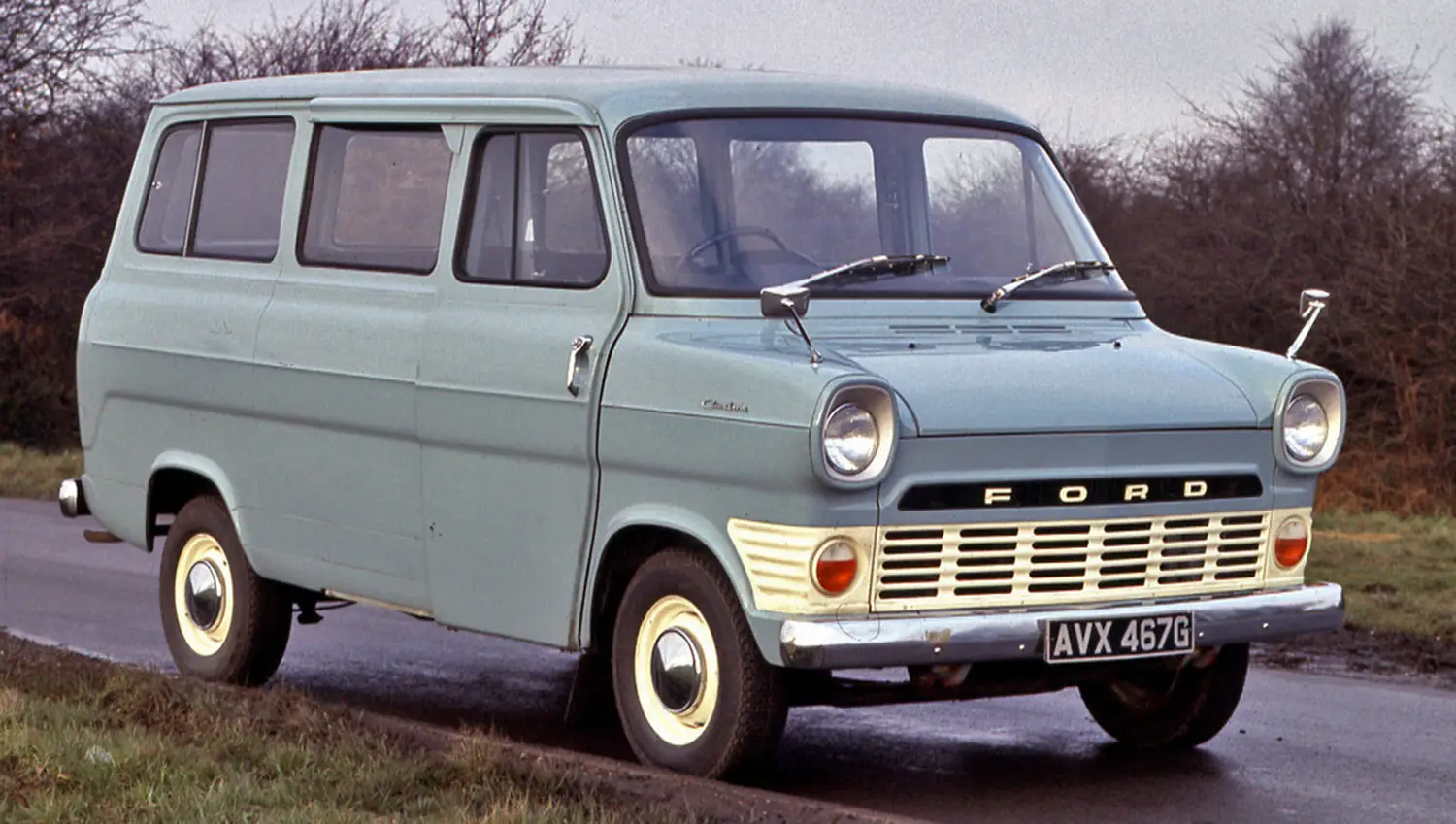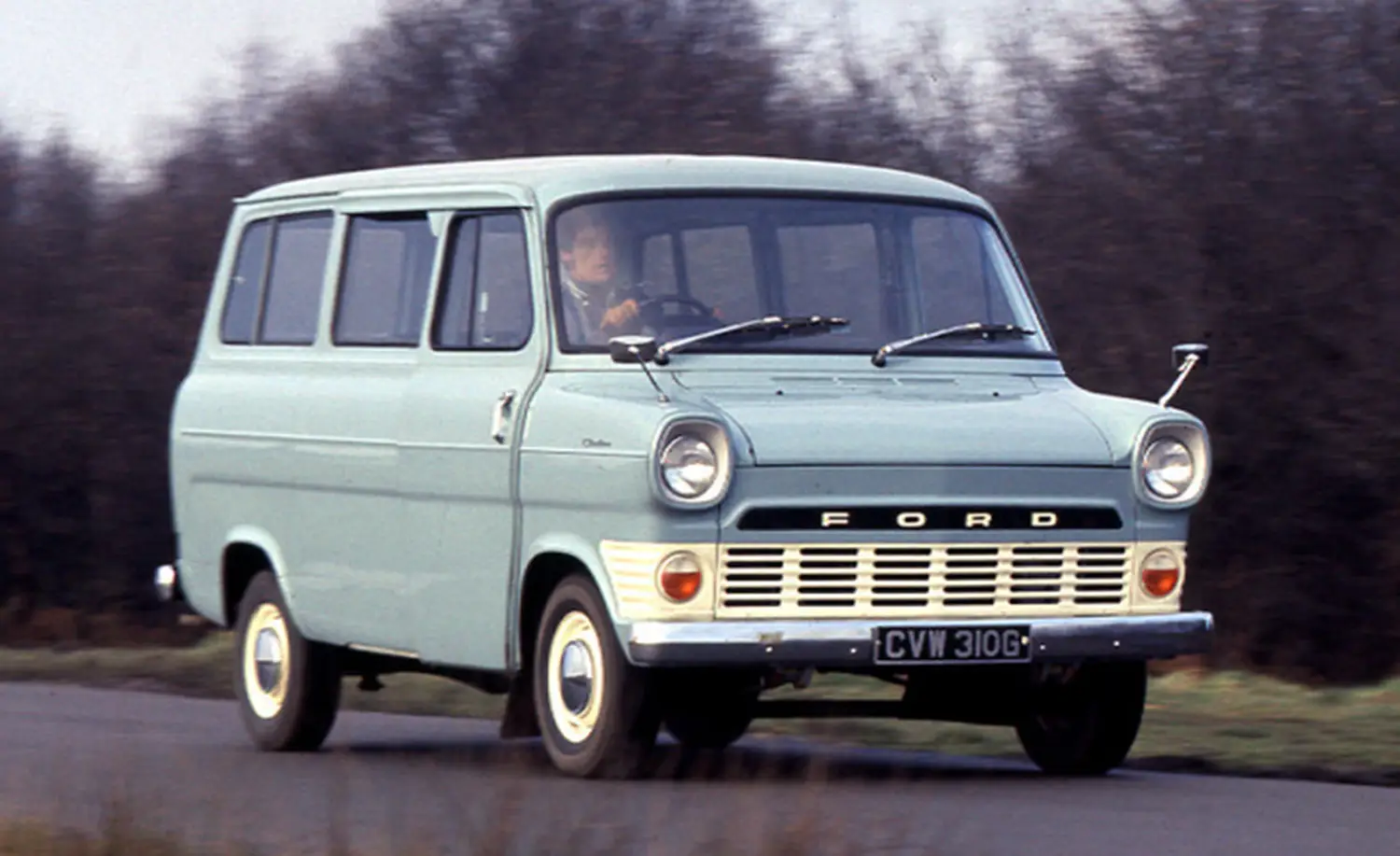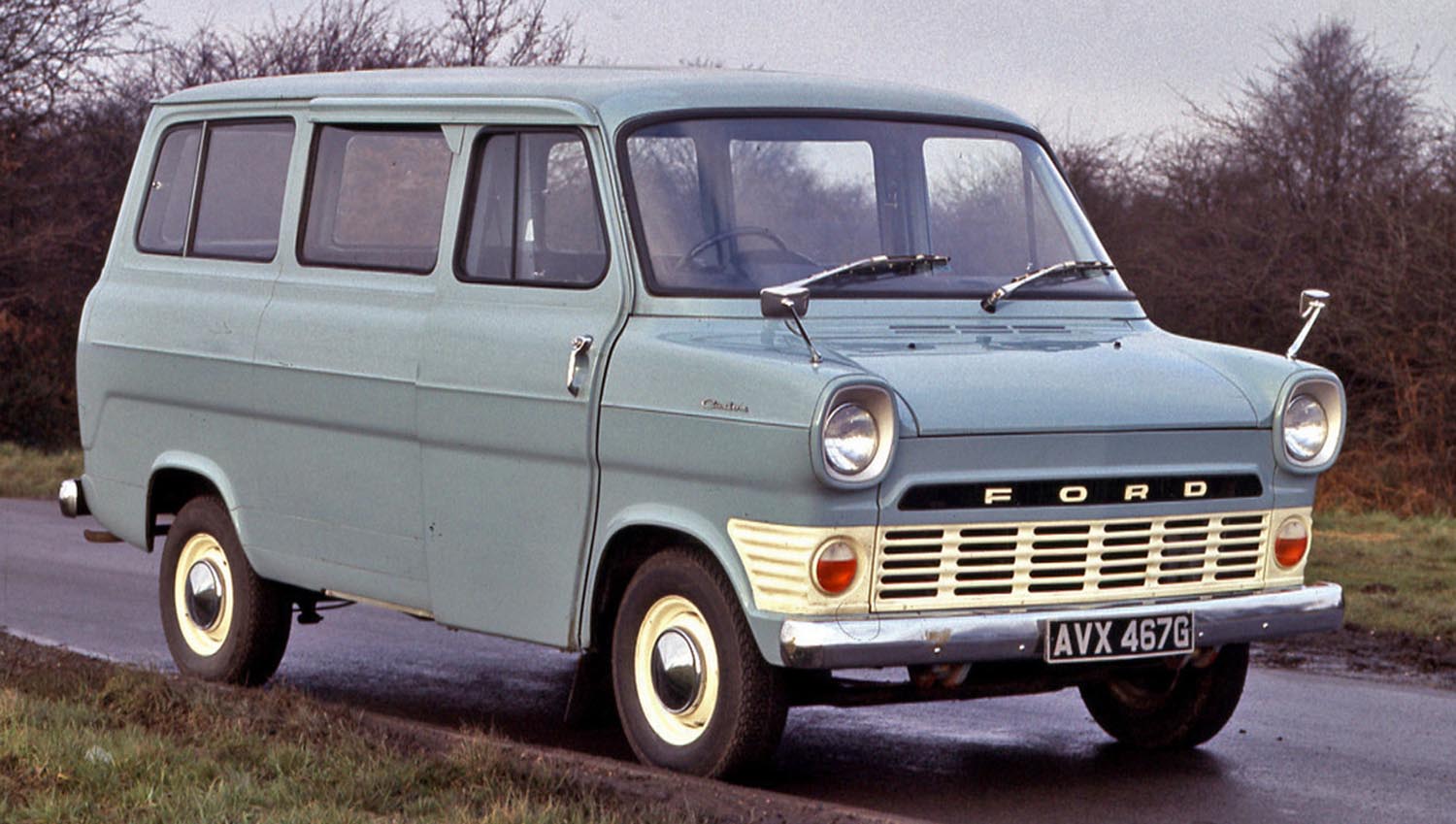
The 1969 Ford Transit Mark I stands as one of the most recognizable shapes in automotive history. More than a vehicle, it became part of everyday life across Britain and Europe , a rolling symbol of practicality, reliability, and adaptability. Whether it was moving goods, families, or football teams, the Mark I did it all with charm and purpose.
Origins of a Workhorse
When Ford launched the Transit in 1965, it was designed to unify the needs of multiple markets under one versatile platform. The 1969 model, part of the first-generation Transit line, refined this concept further. It featured improved comfort, durability, and a design language that could be adapted for nearly any task , from delivery vans to minibuses like the 12-seater Custom.
Design and Engineering
The Transit’s cab-forward design was revolutionary for its time. It provided excellent visibility and maximized interior space. Built on a ladder-frame chassis, it combined strength with flexibility, allowing Ford to build countless variations on the same base. The wide stance and front-engine layout made it stable under load, a major improvement over its rivals.
Powertrain and Performance
Under the hood, the 1969 Ford Transit Mark I typically housed either a 1.7L or 2.0L V4 petrol engine, with some models using a Perkins diesel unit for greater efficiency. Power output ranged between 65–85 horsepower, modest by today’s standards but more than enough for its purpose. Rear-wheel drive provided solid traction, while the short wheelbase and tight turning circle made it agile in urban streets.
Interior and Utility
The Custom 12-seater configuration was particularly special. It offered ample seating for passengers, making it ideal for small transport services, community groups, and large families. Inside, simplicity ruled. Vinyl seats, metal finishes, and minimal trim emphasized durability over luxury. Yet, its space and reliability gave it a comfort of its own , honest, functional, and built to last.
A Design That Defined Decades
By the late 1960s, the Transit had already cemented itself as the go-to commercial vehicle across Europe. Its design philosophy influenced generations of vans that followed, from the 1978 Mark II to the modern-day Transit Custom. But it was the Mark I’s boxy silhouette, chrome detailing, and bold grille that created the lasting image of a dependable British icon.
Motorsport and Cultural Influence
Beyond its work credentials, the Ford Transit earned a unique place in British culture. Police departments, rock bands, and motorsport teams all found uses for it. The model even featured in racing events, modified into powerful “Supervans” to showcase Ford’s engineering might. In films and television, it became shorthand for hardworking realism , the van that built a nation.
Power, Performance & Heritage
Today, the 1969 Ford Transit Mark I remains a prized collectible. Restorers seek it for its simple mechanics and timeless form. Enthusiasts value its role in shaping modern transport , proving that practicality and character can coexist. With its robust V4 engine, classic rear-drive layout, and utilitarian design, it continues to embody what made Ford’s approach to mobility so enduring.
Summary
The 1969 Ford Transit Mark I Custom 12-Seater Bus is more than a piece of history , it’s an icon of versatility and resilience. It moved people, powered businesses, and became part of Britain’s social fabric. Decades later, its legacy still drives forward, proving that great design and purpose never go out of style.
Disclaimer: Content on this site is for informational purposes only. Vehicle specs, pricing, and availability may change. Always verify details with official sources before making decisions. Opinions are those of the authors.
Source: Ford Heritage Vault

